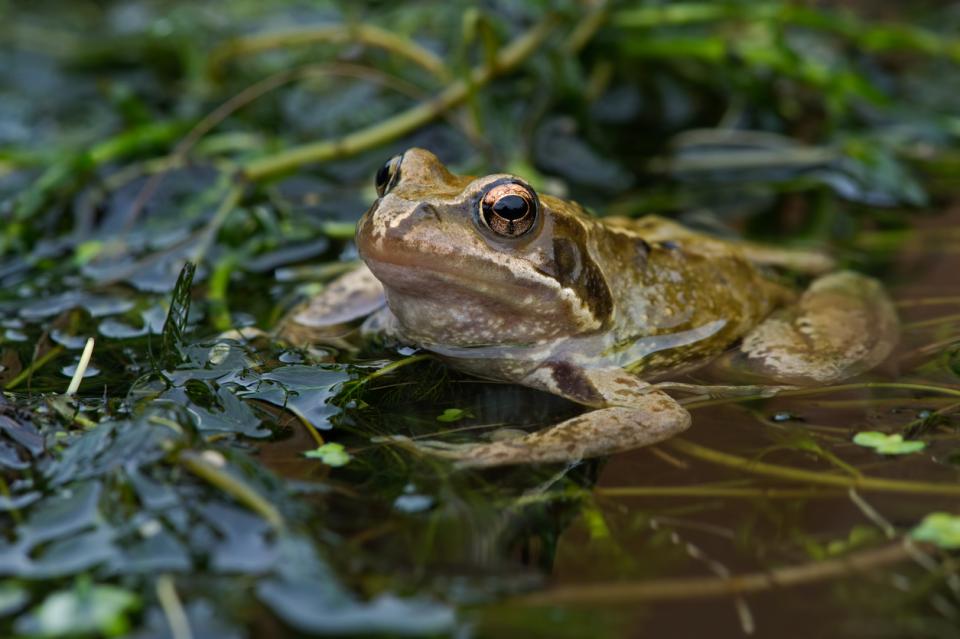I’ve been helping people connect with nature through my work in sustainability and environmental planning for the past 20 years. Rewilding campuses could encourage digitally focused students to spend more time outdoors while also addressing climate anxiety.
Rewilding is a contemporary global movement that aims to “give spaces back to nature”, or the “wild”, and build and restore healthy ecosystems that support life. But how can we invite nature back to our campuses? And how do we encourage students to take an interest in the natural world?
There is plenty of opportunity to situate campuses back into their natural contexts, whether in urban or rural settings. To do this, we need to initiate well-researched projects based on the following:
• Water – the design and implementation of robust water harvesting and holding systems. This involves understanding and documenting natural movements of water through the university campus and slowing it down to control flows and seepages. A thorough understanding of water flow informs the design of a resilient system that reduces reliance on piped water. A decentralised system could include small reservoirs, overhead tanks, buckets, small ponds, deep bore wells, water coolers and open wells for catching rainwater (climate-dependent). Other rainwater harvesting systems may also be integrated into these holding systems.
• Native vegetation – the creation of planting and landscaping plans for your campus’ public spaces. Organise planting events with students, staff and guests, and collaborate with student eco-clubs to manage and monitor plant growth. A team of professional gardeners will need to tend to the plants’ daily needs.
• Biodiversity – intentional planting to attract wildlife
• Soil – leaving enough soil and natural surfaces to facilitate the movement of water and ensure plant and wildlife health.
Know your terrain
What kind of landscape and climatic zone does your campus belong to? Arid? Tropical? Mountainous? Temperate? Is your campus near or surrounded by forests, farms and fields or wetlands, or is it by the coast? This will determine the choices you make.
Get planting
Planting the right vegetation requires:
• Curating a list of plants native to and suited to your micro-habitat. A great way to get to know the native plants is to speak with local farmers and community gardeners who understand the soils, seasons and conditions of your location.
• Understanding the water table. Study the bodies of water in and around your campus throughout the seasons. Identify swales, places where water gathers. During extreme weather events, these places may become inundated.
• Understanding your soil. For help choosing the right plants, seek advice from local horticulturalists.
- Spotlight guide: A greener future for higher education
- Greening your university is not optional; it’s urgent
- Building a sustainable future on campus
Respect the bees
Once you introduce the right plants, the wildlife will follow. However, these visitors may present challenges. Rock bees, common in India, Malaysia, Indonesia, and other parts of South and South-east Asia, sometimes make their homes on campuses. If you find a hive, don’t be alarmed – they generally keep to themselves. Ensure students are aware of how the bees operate. They’re generally more active in the mornings and evenings, and may “swarm” when searching for a new home. At these times, it is important to keep your distance.
Here are some more ways to rewild your campus:
• Start an environmental club with faculty, students and staff to initiate change-making campaigns, zero waste/net zero projects and build a culture of care on campus
• Plan campus walks and bird counts with students so they can get to know and track the wildlife
• Document campus biodiversity and share findings on a local or regional citizen science portal. If none exist, collaborate with students, faculty, and community members to create one
• Promote engagement through photography competitions and art workshops.
Rewilding is a way to address biodiversity loss, water security and damage to ecosystems. Our efforts will reshape and enhance ecosystems on and beyond our campuses and empower students to continue the good work long after they graduate.
Deepta Sateesh is a faculty member at Srishti Manipal Institute of Art, Design and Technology, Bengaluru.
If you would like advice and insight from academics and university staff delivered direct to your inbox each week, sign up for the Campus newsletter.




comment